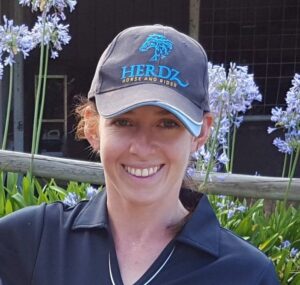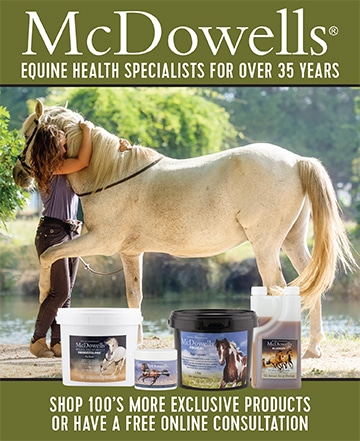The involvement of another animal makes riding quite a unique sport, and this extends beyond having to soothe Dobbin every time you ride past C, or the unplanned dismount that definitely wasn’t your fault.
Rider biomechanics looks at the rider’s ability to move and position their body to stabilise against the forces applied upon it, and unlike running, skiing, or any other sport, we have the forces and movement patterns of an entire other animal to contend with.
In this series of articles I speak with Natasha Gunston of The Eventing Physiologist – accredited exercise physiologist and biomechanics coach – to get the basics on biomechanics and how you can work on yours to be a better rider.
A multi-dimensional movement pattern (and what that means)
Natasha says that one of the main things that makes riding demanding is that it is a multi-dimensional movement pattern, meaning we have to absorb movement, or forces, from several of different directions.
This consists of:
Anterior and posterior forces
These forces are applied through the front and back, which means they come from forward momentum and backward momentum.
Lateral forces
This is from side-to-side movement.
Rotational forces
This is twisting movement patterns.
Gravitational forces
This is downward movement….however there are some gravitational forces we want to avoid!
Natasha says “The challenge with riding is that we have to absorb and stabilise against these forces, whilst maintaining a good posture and position and maintaining our performance, all at the same time.”
What makes for good biomechanics?

The trick, Natasha explains, is to strengthen and activate the muscles that aren’t currently being used properly, and are forcing other muscles to overwork to compensate for them.
“Riding performance is not primarily about strength and power output. It’s more about getting the correct muscles active and working effectively in order to be stable and secure. It’s also then a matter of muscular endurance to be able to keep the muscles active for your entire ride.”
“For example, it’s proven that about 90% of riders are uneven through the pelvis. One side is tight, and one side is weak, and they are counteracting each other. You will typically find you will have more weight in the weak side – it just drops down and that leg won’t work as effectively. Whereas the strong side will be tense and pushing against the horse.”
The key is to recognise where you’re uneven, as chances are that wherever you aren’t symmetrical your muscle will be strong on one side and weak on the other. We will cover more on how to recognise and correct this in the next article.
How biomechanics affects your horse
Your biomechanics doesn’t just affect your position. Weaknesses and asymmetries can compromise your horse’s performance, and eventually affect their own gait and movement patterns.
Natasha compares it to pushing a wheelbarrow with an unbalanced load.
“Imagine you are pushing a wheelbarrow uphill, and you have a big rock in it. Now imagine the rock is sitting to the left. With the weight in the left hand side, your left arm and leg are both going to have to work much harder. Soon you will also probably start to collapse that side, dropping and shifting your ribs to try to compensate for the uneven load.”
“Now let’s look at that from the perspective of you sitting in the saddle, and slightly shifted to the left. The horse’s left hand side is going to have to work harder carrying more of your weight. They’re going to shift their pelvis and ribcage to be able to compensate for the increased load on that side, which over time will have a significant effect on the horse’s movement.”
“So just like if the rock isn’t dead centre in the middle of the wheelbarrow and we’re not going to use our bodies in a balanced and effective manner, if we’re not perfectly even when we ride the same thing happens to our horse.”
Next article Natasha shares some handy ways to check your own symmetry and alignment, and correct any unevenness.
To see more of Natasha’s insights and helpful exercises, check out her website https://www.facebook.com/theeventingphysiologist
About Enya

Enya is an EA Level 1 coach and 1*/2* eventer who has been riding for 20 years and coaching for 10 of them. Her favourite thing about working with horses is that we never stops learning, and loves tapping into the knowledge of specialist experts to enhance the skills of both herself and her students.


